
Excessive intake of iodine is the cause of iodine poisoning. This medical issue is especially detrimental for children. Iodine is normally found in some foods. Still, these foods do not contain sufficient amount of iodine which can cause poisoning. Therefore, iodine poisoning is generally associated with some other sources of iodine a person can get in contact with. For instance, iodine poisoning may be the consequence of exposure to Lugol's solution, tincture of iodine, Pima syrup, potassium iodide and radioactive iodine (the one used for certain medical tests and treatment of thyroid disease). Even the drug amiodarone, an antiarrhythmic agent, may be the source of iodine poisoning.
Iodine Poisoning Symptoms and Signs
In majority of iodine poisoning cases people start to cough and experience abdominal pain and diarrhea. Furthermore, there may be fever while some develop delirium. It is frequent for a casualty to report pain in the throat and mouth and metallic taste in the mouth. A person suffering from iodine poisoning will have low urine output and will report intensive thirst.
Furthermore, people who have been poisoned with iodine show signs of nervousness, which are either related to the fact that they have been poisoned or they originate from the excess of the iodine in the body. More severe neurological symptoms and signs such as seizures and stupor are also possible.
Respiratory issues develop in a form of shortness of breath. Eye disturbances patients have to deal with include abnormal sensitivity in the retina and weak near vision.
Apart from the previously mentioned, iodine poisoning is responsible for several more health problems such as loss of appetite, insomnia, pain in the lower part of the body, morning headaches, acute sense of touch, extremely poor or sharp hearing, drop in blood pressure and purple stains around the mouth.
Iodine Poisoning Treatment
The first thing a nearby person should do is seek immediate medical help. It is essential never to make a poisoned person throw up unless this is recommended by Poison Control Center or a health care provider. If the casualty is not vomiting or there are no signs of convulsions and decreased level of alertness, he/she may be given milk, cornstarch or flour milk mixed with water.
It is important to inform health care professional about the name of the product responsible for poisoning, the time of exposure/swallowing, and the amount of swallowed substance.
Once the person is hospitalized, he/she is monitored. Doctors pay close attention to a patient's vital signs (pulse, heart and breathing rate, temperature and blood pressure). Treatment includes activated charcoal, breathing support (if necessary), fluids and milk and medications which deal with accompanying symptoms. Gastric lavage is the means of washing out the stomach with a tube inserted through the nose or the mouth into the stomach.
The outcome of such poisoning depends on the amount of poison swallowed and the onset of treatment. One of potential complications is esophageal stricture. Fortunately, death is not a common outcome and it rarely occurs.


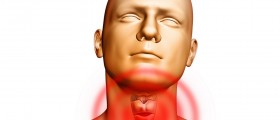



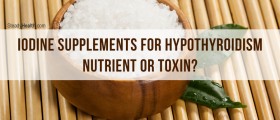
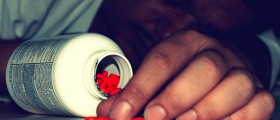
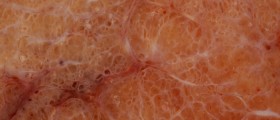


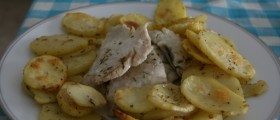





Your thoughts on this
Loading...